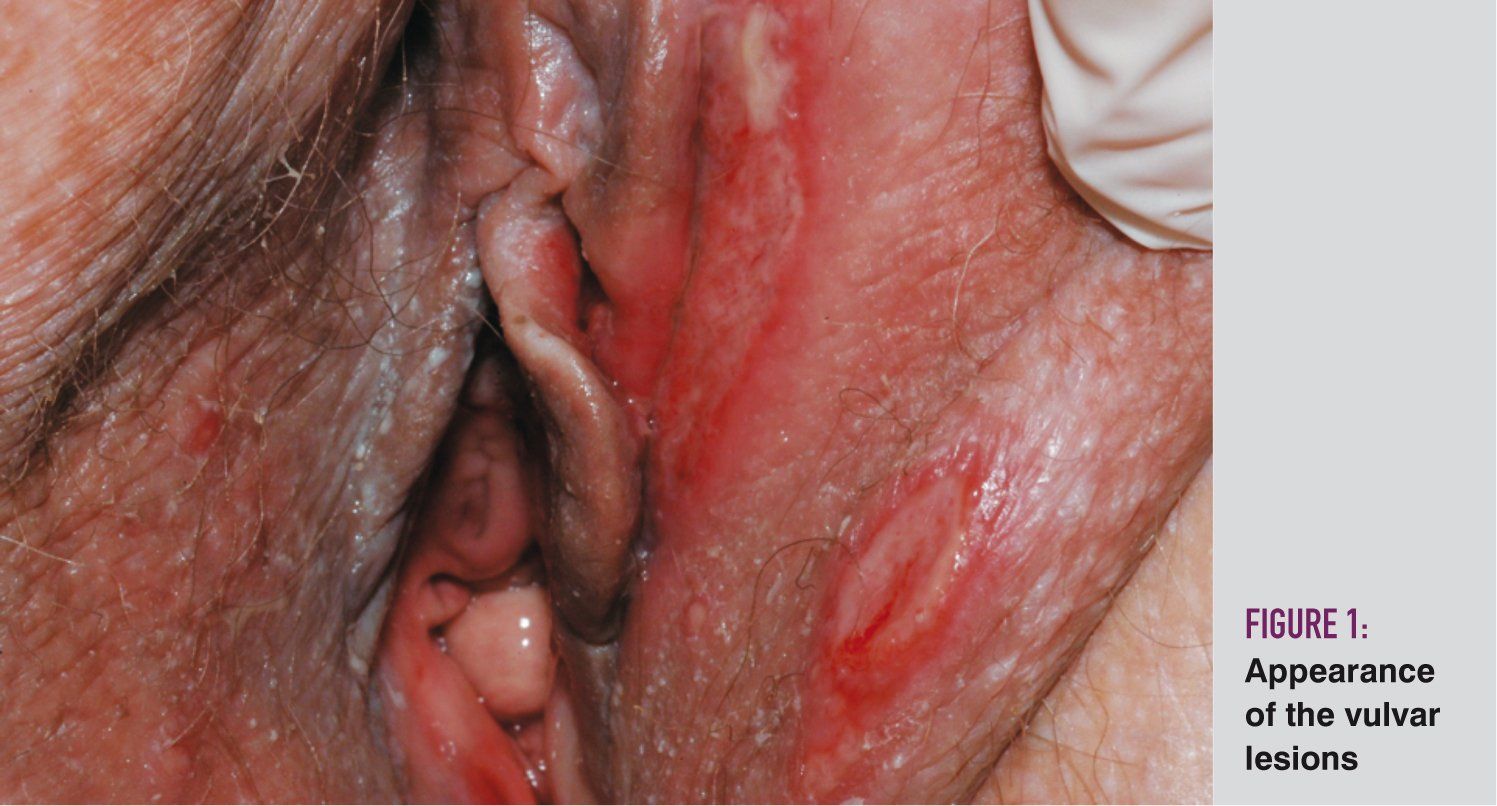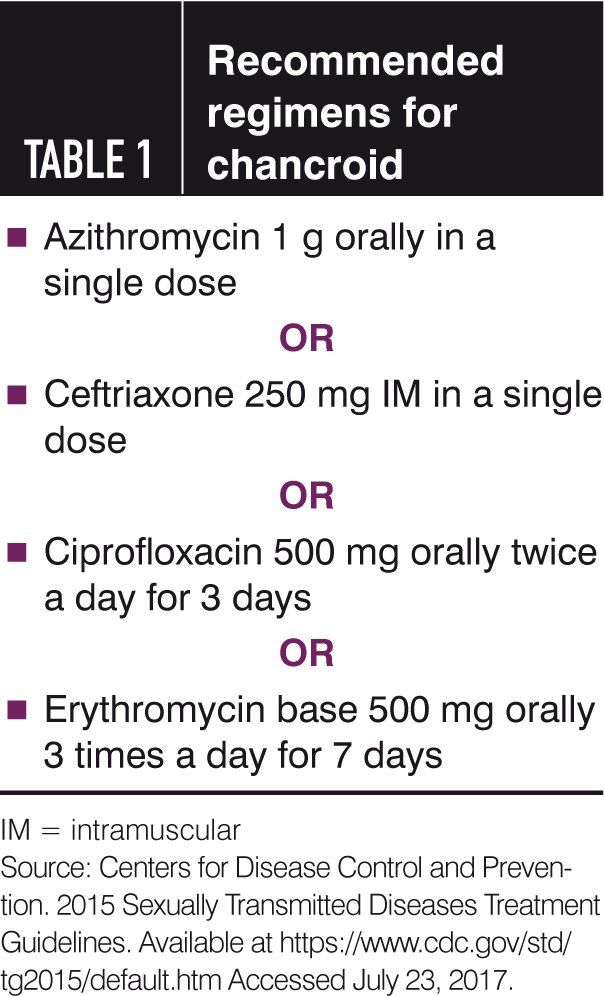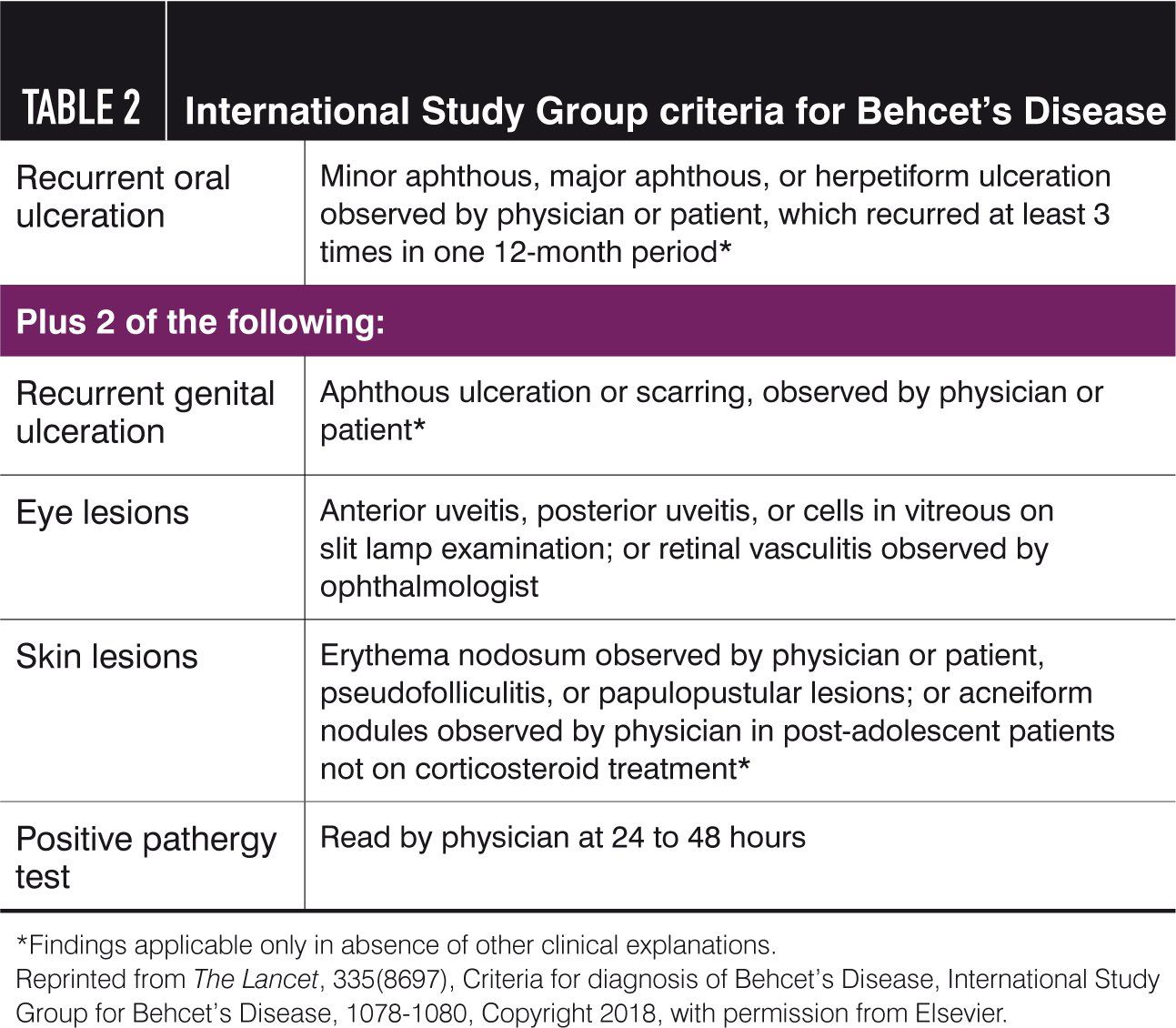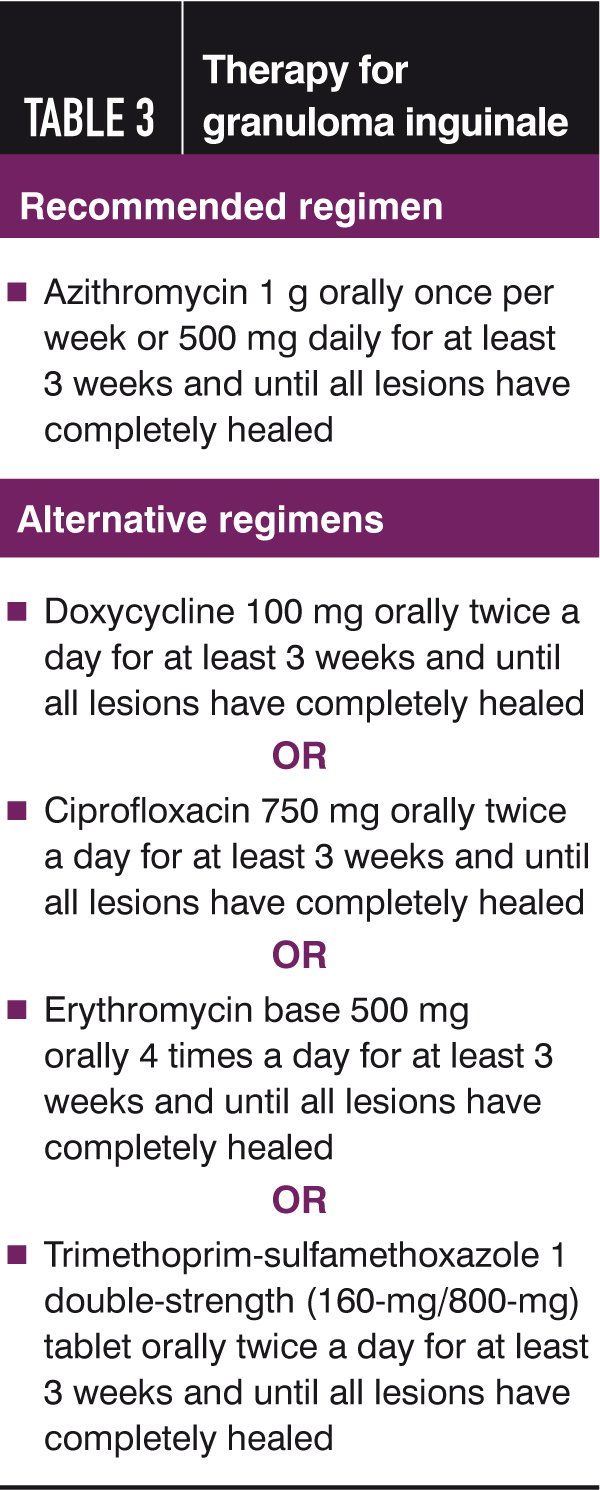Dysuria, painful lesions in 26-year-old woman
A 26-year-old G0 comes to the office complaining of dysuria and painful lesions on her vulva. Can you make the correct diagnosis and treatment plan?
Presentation
A 26-year-old G0 comes to the office complaining of dysuria and painful lesions on her vulva. She has a new sexual partner as of 3 months ago and neither she nor her new partner have traveled outside of the United States. The patient takes oral contraceptives for birth control and has no known drug allergies. She denies any history of sexually transmitted infection. On physical examination, there is no inguinal lymphadenopathy. No bleeding is present with gentle touching of the lesions.

Correct Answers
Your diagnosis is: C. HSV
Your treatment plan is: B. Polymerase chain reaction (PCR) of lesion
Discussion
Polymerase chain reaction (PCR) of the patient’s lesions was positive for HSV, which is an incurable, life-long condition caused mainly by HSV 1 and 2. In the past, HSV 1 was considered more common as an orolabial infection and HSV-2 as a genital infection, but the lines have blurred and each can be found in either site. A diagnosis of HSV is distressing to patients and should be handled sensitively.
Estimates indicate that approximately 25% of the US population has had an HSV infection. Up to 80% of patients with genital HSV are unaware that they have herpes. Diagnosis is made by sending a sample of a lesion for culture or PCR. PCR is the preferred test, especially when trying to determine the cause of a neurologic infection (i.e., meningitis, encephalitis, neonatal infection). Serology is recommended when a patient has recurrent genital symptoms in the presence of a negative HSV PCR, or in someone whose sexual partner is HSV-positive. Using serology to screen the population currently is not recommended.

Antivirals such as acyclovir can be used to treat a herpes breakout and shorten its duration. Daily suppressive antiviral therapy is recommended for patients with recurrent herpes outbreaks. In pregnant women with a known history of vulvar HSV, suppressive therapy is recommended in the late third trimester to prevent a breakout at time of delivery. In women with an active outbreak of HSV in labor, cesarean section is required to decrease the likelihood of perinatal transmission. Non-pregnant individuals shed virus regularly but at an increased amount during a breakout. (See the Centers for Disease Control and Prevention’s STD Treatment Guidelines for further information).
The prevalence of chancroid in the United States has declined. When the infection occurs, it is usually associated with sporadic outbreaks. A definitive diagnosis of chancroid requires identification of Hemophylis ducreyi on special culture media. However, this media is not widely available from commercial sources. The combination of a painful genital ulcer and tender suppurative inguinal adenopathy suggests the diagnosis of chancroid. For both clinical and surveillance purposes, a probable diagnosis of chancroid can be made if all of the following criteria are met: 1) the patient has one or more painful genital ulcers; 2) the clinical presentation, appearance of genital ulcers and, if present, regional lymphadenopathy are typical for chancroid; 3) the patient has no evidence of Treponema pallidum infection by darkfield examination of ulcer exudate or by a serologic test for syphilis performed at least 7 days after onset of ulcers; and 4) an HSV PCR test or HSV culture performed on the ulcer exudate is negative.
If chancroid is suspected, it is treated with one of the regimens listed in Table 1.

Behcet’s disease (BD) is a chronic disease affecting multiple organ systems that can manifest on the vulva. It is a painful condition that impacts patients’ quality of life. Table 2 lists the criteria for defining BD.
The incidence of BD is highest in the Middle East and parts of Asia. The usual age of onset is in the third decade. BD is more common in men. The ulcers usually resolve spontaneously in 7 to 10 days. Multiple therapies are combined to treat patients with BD, including topical steroids, tumor necrosis factor inhibitors, systemic corticosteroids, and a variety of other agents. Additional information on treatments for BD can be found at http://bit.ly/BDtreatments.

Granuloma inguinale is a genital ulcerative disease caused by the intracellular gram-negative bacterium Klebsiella granulomatis (formerly known as Calymmatobacterium granulomatis). The disease occurs rarely in the United States. It is endemic in some tropical and developing areas, including southern Africa; India; Papua, New Guinea; the Caribbean; and central Australia. Granuloma inguinale is characterized by painless, slowly progressive ulcerative lesions on the genitals or perineum; subcutaneous granulomas (pseudobuboes) also may occur. The lesions are highly vascular (i.e., beefy red appearance) and bleed.
Treatment of granuloma inguinale has been shown to halt progression of lesions, and healing typically proceeds inward from the ulcer margins (Table 3). Prolonged therapy is usually required to permit granulation and re-epithelialization of the ulcers. Relapse can occur.
Adding antibiotic to these regimens can be considered if improvement is not evident within the first few days of therapy. Adding an aminoglycoside to these regimens is an option (gentamicin 1 mg/kg IV every 8 hours).
Disclosures: The authors report no potential conflicts of interest with regard to this article.
REFERENCES
Centers for Disease Control and Prevention. Genital Herpes. Available at https://www.cdc.gov/std/herpes/ Accessed July 23, 2017
Davatchi F, Chams-Davatchi C, Shams H, et al. Behcet's disease: epidemiology, clinical manifestations, and diagnosis. Expert Rev Clin Immunol. 2017 Jan;13(1):57-65.
